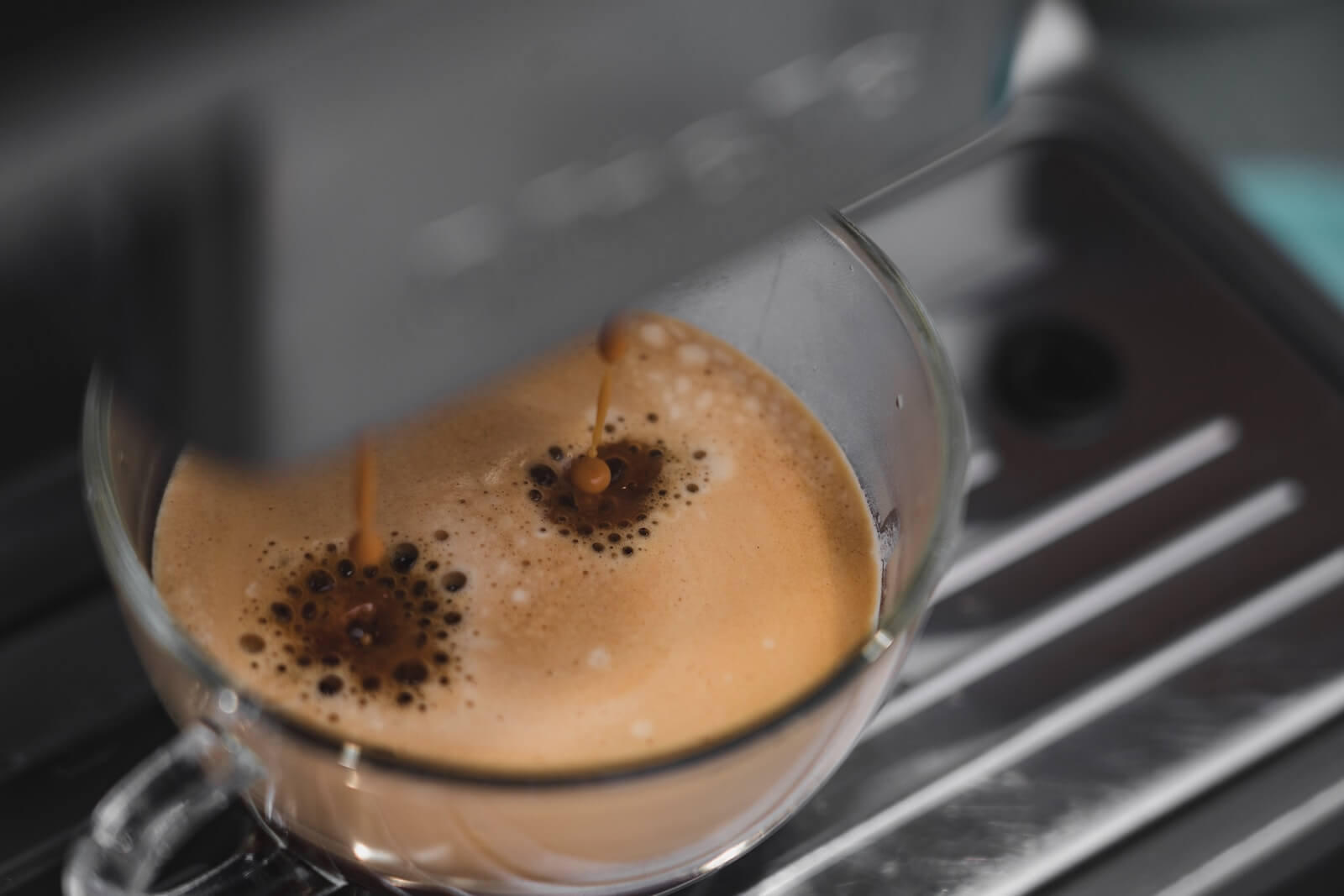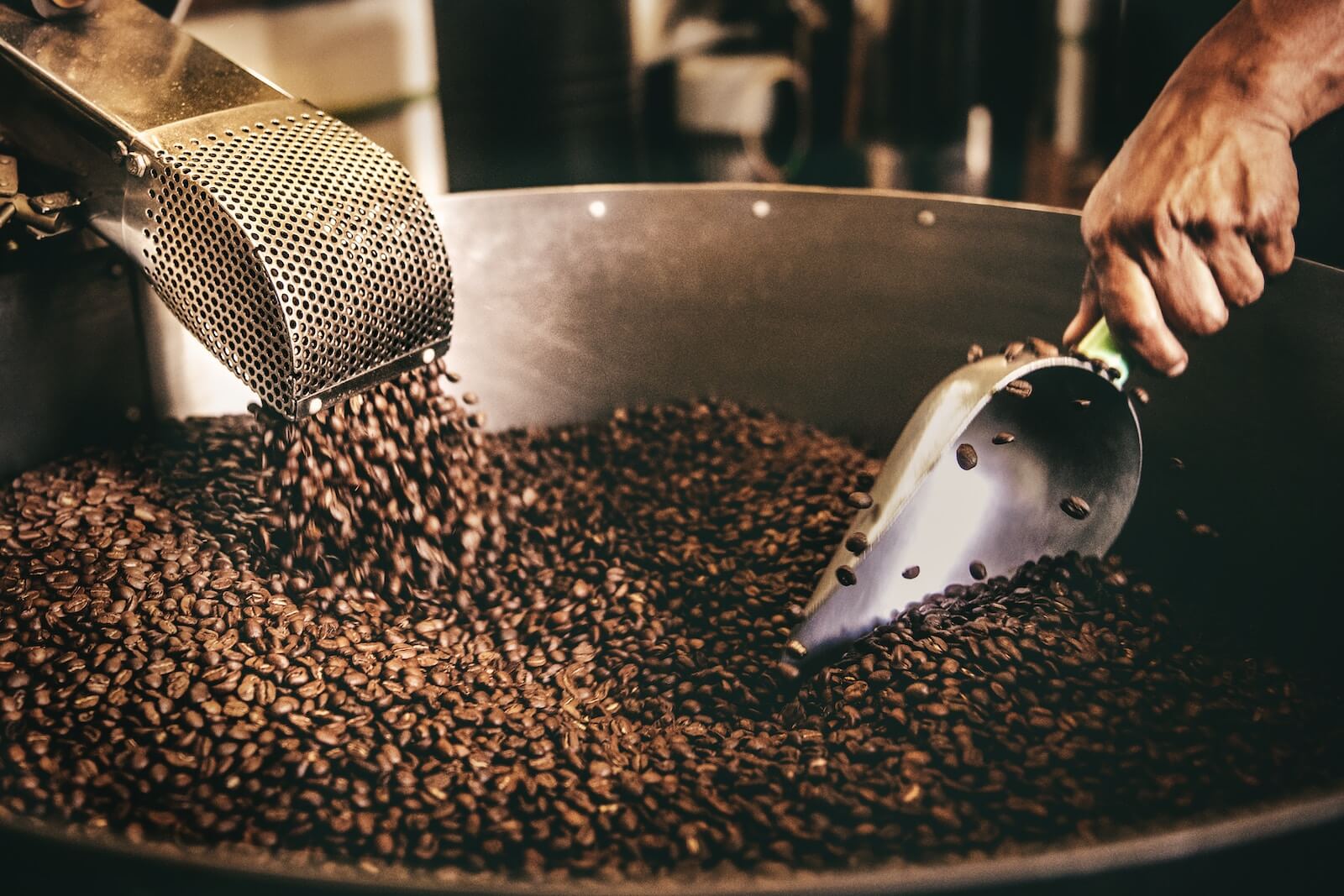EUGENE, Ore. — Countless caffeine aficionados have spent untold hours in pursuit of the perfect cup of coffee. One common complaint among those who can’t stand decaf is that the fracturing and friction of coffee beans during grinding creates electricity, which leads to coffee particles clumping together and sticking to the grinder. Now, however, new research has discovered a simple trick that reduces static electricity and promotes a more consistent and intense java: Just add water!
Study authors at the University of Oregon explain that higher internal moisture produces less static electricity, meaning less coffee is wasted and less of a mess to clean up. They say that coffee drinkers can simulate this phenomenon by adding a splash of water to coffee beans just before grinding them. Experiments showed this approach led to a more even, intense cup of espresso.
“Moisture, whether it’s residual moisture inside the roasted coffee or external moisture added during grinding, is what dictates the amount of charge that is formed during grinding,” says senior author Christopher Hendon, a computational materials chemist at the University of Oregon, in a media release. “Water not only reduces static electricity and therefore reduces mess as you’re grinding, but it can also make a major impact on the intensity of the beverage and, potentially, the ability to access higher concentrations of favorable flavors.”
These improvements to coffee extraction could potentially hold massive economic implications for the coffee industry, which is worth $343.2 billion or 1.5 percent of the entire U.S. gross domestic product, researchers explain.
“Pushing the concentration up by 10%–15% for the same dry coffee mass has huge implications for saving money and improving quality,” Hendon adds.

The fact that coffee grinding produces static electricity has been known within the coffee industry for a long time. While this electrification causes clumping and occasional zaps, it’s been unclear how different coffee characteristics contribute to this phenomenon, or how much it impacts brewing. In an attempt to identify factors causing static electricity during coffee grinding, the research team collaborated with a group of volcanologists who usually study similar electrification processes during volcanic eruptions.
“During eruption, magma breaks up into lots of little particles that then come out of the volcano in this big plume, and during that whole process, those particles are rubbing against each other and charging up to the point of producing lightning,” comments first author and volcanologist Joshua Méndez Harper at Portland State University. “In a simplistic way, it’s similar to grinding coffee, where you’re taking these beans and reducing them to fine powder.”
To start, researchers measured the amount of static electricity produced while grinding different commercially and in-house roasted coffee beans. These beans varied according to factors including country of origin, processing method (natural, washed, or decaffeinated), roast color, and moisture content. The team was also sure to compare the influence of grinding coarseness on the amount of electricity produced.
Ultimately, researchers did not find an association between static electricity and the coffee’s country of origin or processing method. However, the study authors did identify associations between electrification and water content, roast color, and particle size.
Less electricity was produced when coffee had a higher internal moisture content and while grinding coffee on a coarser setting. Light roasts, meanwhile, created less charge, and this charge was more likely to be positive. Darker roasts, which also tend to be drier, charged negatively and led to more overall charge. Finally, the study authors also found that dark roast coffees tend to produce much finer particles than light roasts when ground on the same setting.

After that, the research team tested to see if grinding with water changed the way espresso is brewed. Sure enough, when they compared espresso brewed with identical coffee beans ground either with or without a splash of water, they discovered that grinding with water led to a longer extraction time and a stronger brew. Grinding with water also fostered espresso shots that were more similar from shot to shot, which is a major issue for countless baristas and industrial coffee brewers.
While they only tested espresso, researchers speculate these benefits should apply to many other brewing methods.
“The central material benefit of adding water during grinding is that you can pack the bed more densely because there’s less clumping,” Hendon notes. “Espresso is the worst offender of this, but you would also see the benefit in brew formats where you pour water over the coffee or in small percolation systems like a stovetop Bialetti. Where you’re not going to see a benefit during brewing is for methods like the French press, where you submerge the coffee in water.”
Moving forward, the research team plans on following up with further studies aimed at ascertaining how to prepare the perfect cup of coffee.
“Now that we know what grind settings to use to make reproducible espresso, we can start to try to understand what factors give rise to sensory differences in coffee taste,” Hendon adds.
This work also holds implications beyond one’s daily brew; the electrification of granular materials is an active area of research across material science, geophysics, and engineering.
“It’s sort of like the start of a joke—a volcanologist and a coffee expert walk into a bar and then come out with a paper,” Méndez Harper concludes, “but I think there are a lot more opportunities for this sort of collaboration, and there’s a lot more to know about how coffee breaks, how it flows as particles, and how it interacts with water. These investigations may help resolve parallel issues in geophysics—whether it’s landslides, volcanic eruptions, or how water percolates through soil.”
The study is published in the journal Matter.
You might also be interested in:
- Best Coffee: Here Are The Top 5 Brands Most Recommended By Experts
- Best Coffee Makers For 2024: Top 7 Brands Most Recommended By Experts
- The Best Espresso Machines: Top 5 Brewers Most Recommended By Experts

